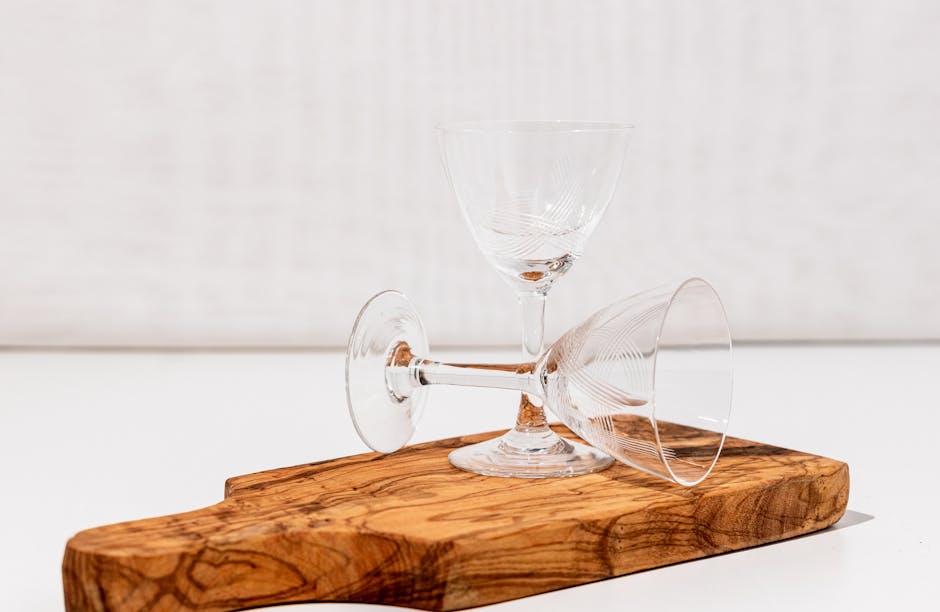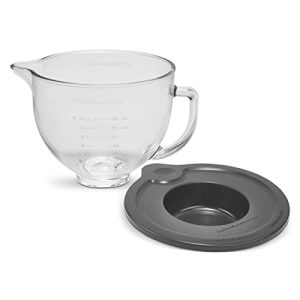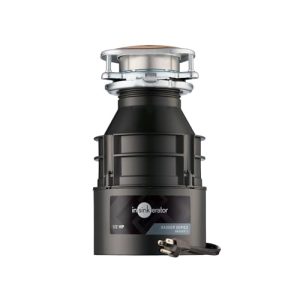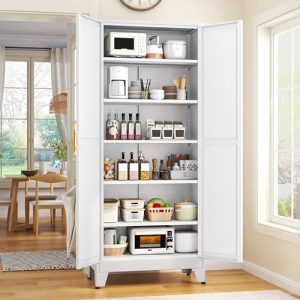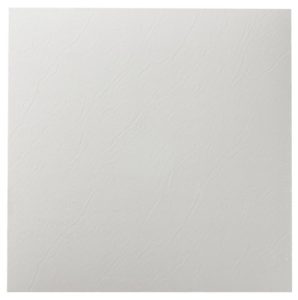Are you staring at your kitchen cabinets and wondering how to mix the old with the new without making your space look messy? Blending old and new kitchen cabinets can be tricky, but when done right, it creates a unique and stylish look that feels both fresh and familiar.
You don’t have to replace everything or settle for a mismatched mess. With a few smart tips and simple ideas, you can transform your kitchen into a space that truly reflects your style and personality. Keep reading, and you’ll discover easy ways to bring harmony and charm to your kitchen cabinets that you’ll love every day.
Choosing Complementary Colors
Choosing complementary colors is key to blending old and new kitchen cabinets seamlessly. The right colors create harmony and balance, making your kitchen feel thoughtfully designed rather than mismatched. You want your cabinets to tell a cohesive story, even if they come from different eras.
Matching Paint Shades
Matching paint shades can be a straightforward way to unify your cabinets. Pick a color from your new cabinets and find the closest match for the old ones. Even subtle variations in tone can help old cabinets feel updated without losing their character.
Test paint samples on small cabinet sections before committing. Lighting in your kitchen can change how colors appear, so observe samples at different times of day. Have you ever noticed how a shade looks perfect in the store but dulls at home? That’s why testing is crucial.
If you want a more subtle blend, consider using the same base color but different sheens. A matte finish on older cabinets paired with a semi-gloss on newer ones adds depth while keeping the palette unified.
Contrasting Finishes
Contrasting finishes can add interest and highlight the unique charm of each cabinet style. Instead of matching colors exactly, try pairing a smooth, glossy finish on new cabinets with a distressed or matte finish on the old ones.
This approach lets each cabinet stand out while still feeling part of the same design. Think about pairing dark-stained wood cabinets with painted ones in a light color; the contrast can be striking yet balanced.
Are you open to mixing textures and finishes? Combining lacquered surfaces with natural wood grains can create a modern yet warm kitchen vibe. Just be careful to keep the color tones complementary to avoid visual chaos.
Mixing Different Cabinet Styles
Mixing different cabinet styles creates a unique kitchen look. It blends charm with fresh design. This approach adds personality without a full remodel. Careful choices keep the space balanced and inviting.
Combining Traditional And Modern Designs
Traditional cabinets bring warmth and classic details. Modern cabinets offer clean lines and sleek finishes. Pairing them creates contrast that feels natural and stylish. Use similar colors or materials to link both styles. For example, match wood tones or hardware finishes. This helps the cabinets look like one set, not two.
Focus on one dominant style to avoid clutter. Let the other style highlight key areas like an island or backsplash. Mixing door styles works well too—shaker doors with flat panels balance old and new nicely.
Balancing Open Shelving With Closed Cabinets
Open shelves add airiness and display space. Closed cabinets keep clutter hidden and maintain clean lines. Combining these elements creates visual interest and function.
- Place open shelves near the cooking or prep area.
- Use closed cabinets for storing less attractive items.
- Choose open shelves matching cabinet materials or colors.
- Limit the number of open shelves to prevent a crowded look.
Open shelving works great with both traditional and modern styles. It breaks up solid cabinet fronts and adds layers to your kitchen design.
Incorporating Hardware And Accessories
Choosing matching hardware and accessories creates harmony between old and new kitchen cabinets. Simple updates like knobs and handles can unify the overall look. Mixing styles thoughtfully adds charm without overwhelming the space.
Incorporating hardware and accessories can transform your kitchen, blending old and new cabinets seamlessly. These elements are the jewelry of your kitchen, offering an easy and cost-effective way to refresh your space. By focusing on handles, knobs, and decorative accents, you can create a cohesive look without a complete overhaul.Selecting Cohesive Handles And Knobs
Choosing handles and knobs that complement both old and new cabinets is crucial. Look for styles that echo the design features of your kitchen, whether that’s modern minimalism or vintage charm. Consider matching finishes like brushed nickel or antique brass to unify the look. Mixing different styles can also work if executed thoughtfully. Try combining sleek, contemporary handles on newer cabinets with ornate, traditional knobs on older ones. This approach can highlight the unique character of each piece while maintaining a balanced aesthetic.Adding Decorative Accents
Decorative accents add personality and charm to your kitchen. Consider using statement pieces such as a unique backsplash tile or a vintage clock to draw attention and create a focal point. Installing under-cabinet lighting is another way to enhance both old and new cabinets. It provides ambiance and highlights the hardware, creating a warm, inviting atmosphere. Think about how these small changes can elevate your space. What story do you want your kitchen to tell? By carefully selecting hardware and accents, you can weave a narrative that reflects your style and creativity.Balancing Materials And Textures
Balancing materials and textures is key when blending old and new kitchen cabinets. Mixing different surfaces creates a lively, inviting space. It brings harmony between classic and modern styles. Careful selection helps keep the kitchen cohesive without feeling cluttered.
Wood Types And Grain Patterns
Choosing wood types that complement each other is important. Match grain patterns to create smooth transitions. For example, pair a fine, straight grain with a bold, rustic pattern. Use similar wood tones to unify the look. Avoid extreme contrasts that can disrupt flow. Consider finishing techniques to blend old and new woods better.
Using Glass And Metal Elements
Glass adds lightness and openness to the kitchen design. Use glass cabinet doors to break up heavy wood surfaces. Frosted or clear glass works well with both styles. Metal hardware like handles and knobs ties old and new cabinets together. Choose finishes like brushed nickel or matte black for a modern touch. Mixing metal and glass textures adds depth and interest.
Creating Focal Points
Creating focal points in a kitchen blends old and new cabinets beautifully. It draws the eye to key areas. It also balances styles and colors. Focal points bring harmony to mixed cabinetry designs. They highlight unique features without overwhelming the space.
Highlighting A Statement Cabinet
Choose one cabinet to be the star. This could be an antique piece or a modern design. Paint it a bold color or use a distinct finish. Add decorative hardware to make it stand out. Position it where it naturally catches attention, like near the stove or sink. This creates interest and anchors the kitchen’s look.
Using Lighting To Enhance Features
Light can make focal points shine. Use under-cabinet lights to brighten old cabinets’ textures. Install spotlights above new cabinets to show off sleek designs. Warm lights soften old wood tones, while cool lights highlight modern surfaces. Lighting guides the eye and highlights the kitchen’s best parts.
Maintaining Functional Layouts
Maintaining a functional layout is key when blending old and new kitchen cabinets. This approach keeps your kitchen practical and comfortable. A well-planned layout supports daily tasks and enhances the overall kitchen experience. Balancing aesthetics with usability ensures your kitchen looks good and works well.
Optimizing Storage Solutions
Storage must be smart and accessible. Combine the old cabinets’ charm with new cabinet designs to maximize space. Use pull-out shelves in deeper cabinets for easy reach. Corner cabinets can include rotating trays to avoid wasted space. Add organizers inside drawers to keep utensils and tools tidy. Thoughtful storage reduces clutter and speeds up cooking tasks.
Ensuring Workflow Efficiency
Arrange cabinets to support a natural cooking flow. Place frequently used items near preparation areas. Keep pots and pans close to the stove. Store plates and glasses near the dishwasher or sink. Create clear paths between the sink, stove, and refrigerator. This triangle layout saves steps and effort. A smooth workflow makes cooking less tiring and more enjoyable.
Budget-friendly Blending Tips
Blending old and new kitchen cabinets does not have to be costly. Small changes can create a fresh, unified look. Budget-friendly ideas help update your kitchen without major expenses. Focus on smart choices that enhance style and function.
Refinishing Existing Cabinets
Refinishing is a simple way to refresh old cabinets. Sanding and painting can give them a new look. Choose a color that matches or complements new pieces. Changing hardware like knobs and handles also makes a big difference.
- Clean cabinets thoroughly before refinishing
- Use primer for better paint adhesion
- Pick durable, kitchen-friendly paint
- Replace old hardware with modern, affordable options
This approach saves money and keeps the charm of your original cabinets.
Incorporating Affordable New Pieces
Add new cabinets or shelves that fit your budget. Look for budget-friendly options at local stores or online. Mix open shelving with closed cabinets for a trendy, balanced look. New pieces can highlight the old ones.
- Choose simple designs to reduce cost
- Consider ready-to-assemble cabinets
- Use peel-and-stick backsplashes to tie the look together
- Install under-cabinet lighting for modern appeal
Combining new and old cabinets creates depth and interest without overspending.
Frequently Asked Questions
How Do I Match Old And New Kitchen Cabinet Styles?
Start by choosing a common color or finish for both. Use similar hardware and design elements to create a cohesive look. Mixing wood tones works if balanced carefully. Focus on complementary styles rather than exact matches for a harmonious blend.
Can I Mix Different Cabinet Materials Effectively?
Yes, mixing wood, laminate, or painted cabinets can work well. Keep color tones consistent to avoid clash. Use transitional elements like molding or trim to unite different materials. Balance is key to maintain a stylish, unified kitchen appearance.
What Paint Colors Blend Old And New Cabinets Best?
Neutral colors like white, gray, or beige work well. They provide a fresh look and complement various styles. Bold colors can be used on accents or new cabinets to create contrast. Choose colors that harmonize with your kitchen’s overall theme.
Should I Replace Hardware When Blending Cabinets?
Yes, updating hardware helps unify old and new cabinets. Choose matching or complementary handles and knobs. Consistent hardware style ties different cabinet styles together visually. It’s an easy, cost-effective way to modernize your kitchen look.
Conclusion
Blending old and new kitchen cabinets creates a unique, warm space. Choose colors and styles that match well. Keep balance by mixing textures carefully. Small changes can make a big difference. This approach saves money and adds charm. Enjoy your kitchen’s fresh, personalized look every day.
Simple steps bring harmony to your design. Your kitchen will feel both classic and fresh. Try blending for a space that truly feels like home.

Sophie Hartwell is the founder of KitchenQuik.com, where she shares kitchen tips, smart cooking hacks, and the best product picks to make everyday cooking easier and more enjoyable.
